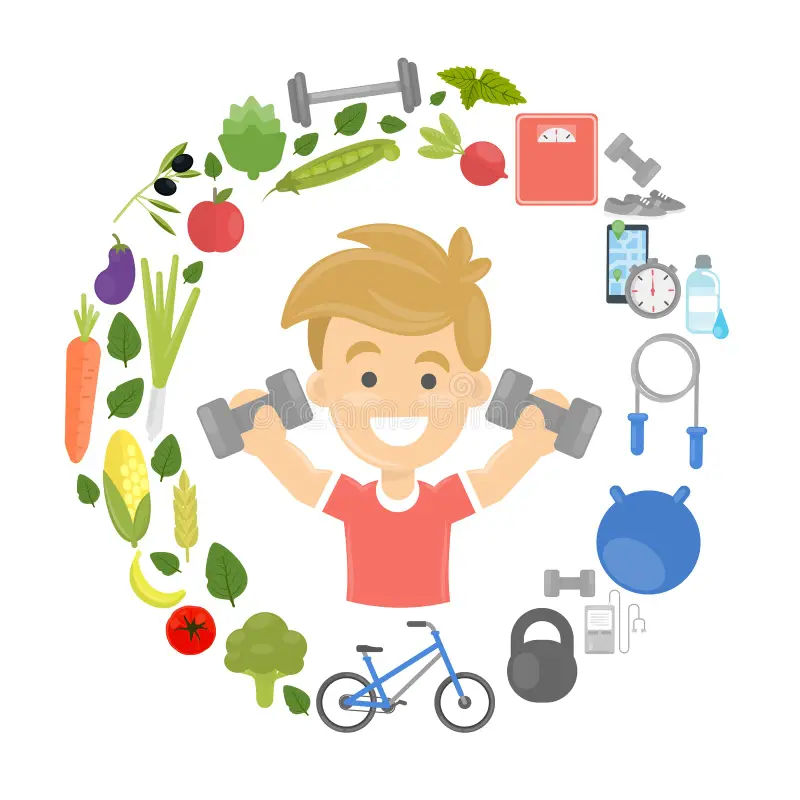Lentils & Legumes: The Complete Guide to Plant-Based Protein

Updated at: 2025-02-28 11:18:55 (8 months ago by Melkisedeck Leon Shine)
```htmlThe Incredible Nutritional Power of Lentils and Legumes
Looking for delicious and nutritious ways to boost your protein intake while embracing a healthier, more sustainable lifestyle? Lentils and legumes are your answer. These culinary gems offer a wealth of benefits far exceeding their protein content, making them a cornerstone of a balanced diet. Let's delve into the remarkable advantages of incorporating these versatile ingredients into your meals.
A Superior Plant-Based Protein Source: Lentils and legumes are exceptional sources of plant-based protein, ideal for vegetarians, vegans, and anyone seeking to increase their protein consumption without relying on animal products. This complete protein provides all nine essential amino acids, crucial for muscle growth, repair, and overall bodily function. They are a powerhouse for building and maintaining a healthy body.
High Fiber Content for Digestive Health: These tiny nutritional dynamos are remarkably rich in fiber. This essential nutrient promotes healthy digestion, keeps you feeling full and satisfied longer, contributing to weight management and preventing overeating. The high fiber content also helps regulate blood sugar levels and fosters a thriving gut microbiome, essential for overall health.
Culinary Adaptability: The versatility of lentils and legumes is truly astounding. They seamlessly integrate into an incredibly diverse range of dishes. From hearty, warming soups and stews to vibrant salads and flavorful stir-fries, their adaptability is limitless. Their mild flavor allows them to absorb the tastes of surrounding ingredients, serving as a blank canvas for your culinary creativity.
Easy Recipe Integration: Incorporating lentils and legumes into your existing recipes is effortless. Add them to pasta sauces, casseroles, or use them as a healthy, delicious meat substitute in burgers, tacos, and chili. The possibilities are endless, opening up new flavor profiles and textural dimensions in your cooking.
Budget-Friendly Nutritional Excellence: Lentils and legumes are remarkably affordable, making them a wise choice for budget-conscious individuals. Their cost-effectiveness allows for regular inclusion in your meals, ensuring consistent access to essential nutrients without straining your finances. Enjoy healthy eating without breaking the bank.
Heart Health Benefits: Low in fat and cholesterol, lentils and legumes provide significant cardiovascular support. Regular consumption can help lower the risk of heart disease and promote improved overall heart health. They are a vital component of a heart-healthy diet.
Convenient and Quick Cooking Times: Unlike some dried beans, many lentils require minimal preparation time. Many varieties cook in under 20 minutes, making them a convenient option for busy weeknights. This speed and ease of preparation adds practicality to your cooking routine.
Environmentally Sustainable Choice: The cultivation of lentils and legumes is significantly more sustainable than livestock farming. They boast a lower carbon footprint and require less water to grow, making them an environmentally responsible food choice that contributes to a greener planet.
Rich in Essential Vitamins and Minerals: Lentils and legumes are packed with essential vitamins and minerals, including iron, folate, and potassium. These nutrients play vital roles in immune function, preventing nutritional deficiencies, and supporting overall well-being. They are a nutritional powerhouse.
Complete Protein Creation: Combining lentils and legumes with grains like rice or quinoa creates complete proteins, ensuring your body receives all the essential amino acids it needs for optimal health and function. This pairing maximizes the nutritional benefits of both ingredients.
Satisfying and Flavorful Meals: Lentils and legumes are the stars of countless satisfying and flavorful meals. From fragrant lentil curries to comforting bowls of chili, their versatility shines through in diverse cuisines and culinary traditions. They are a culinary adventure waiting to be explored.
Vegetarian and Vegan Culinary Delights: Utilize lentils and legumes as a filling for vegetarian tacos or burritos, creating plant-based meals that are both satisfying and flavorful, appealing to even the most dedicated meat-lovers.
Adding Freshness and Texture: Sprouting lentils and legumes enhances their nutritional value and adds a delightful fresh and crunchy texture to salads and sandwiches, creating a textural contrast that elevates your meals.
Delicious Dips and Spreads: Create flavorful and healthy dips and spreads by blending cooked lentils with herbs, spices, and flavorful additions like garlic, lemon juice, and olive oil. Lentil hummus is just one example of this culinary versatility.
Meatless Marvels: Craft delicious and protein-packed veggie burgers or meatballs using cooked lentils, breadcrumbs, herbs, and spices. These plant-based alternatives provide a satisfying and healthy swap for traditional meat-based options.
In conclusion, incorporating lentils and legumes into your diet is a simple yet impactful step toward healthier and more sustainable eating. Their nutritional benefits, culinary versatility, environmental friendliness, and affordability make them a truly exceptional food group. Embark on a culinary adventure with these nutritional powerhouses and experience the transformative power of lentils and legumes firsthand!
Share your favorite lentil and legume recipes and culinary experiences in the comments below!
```



